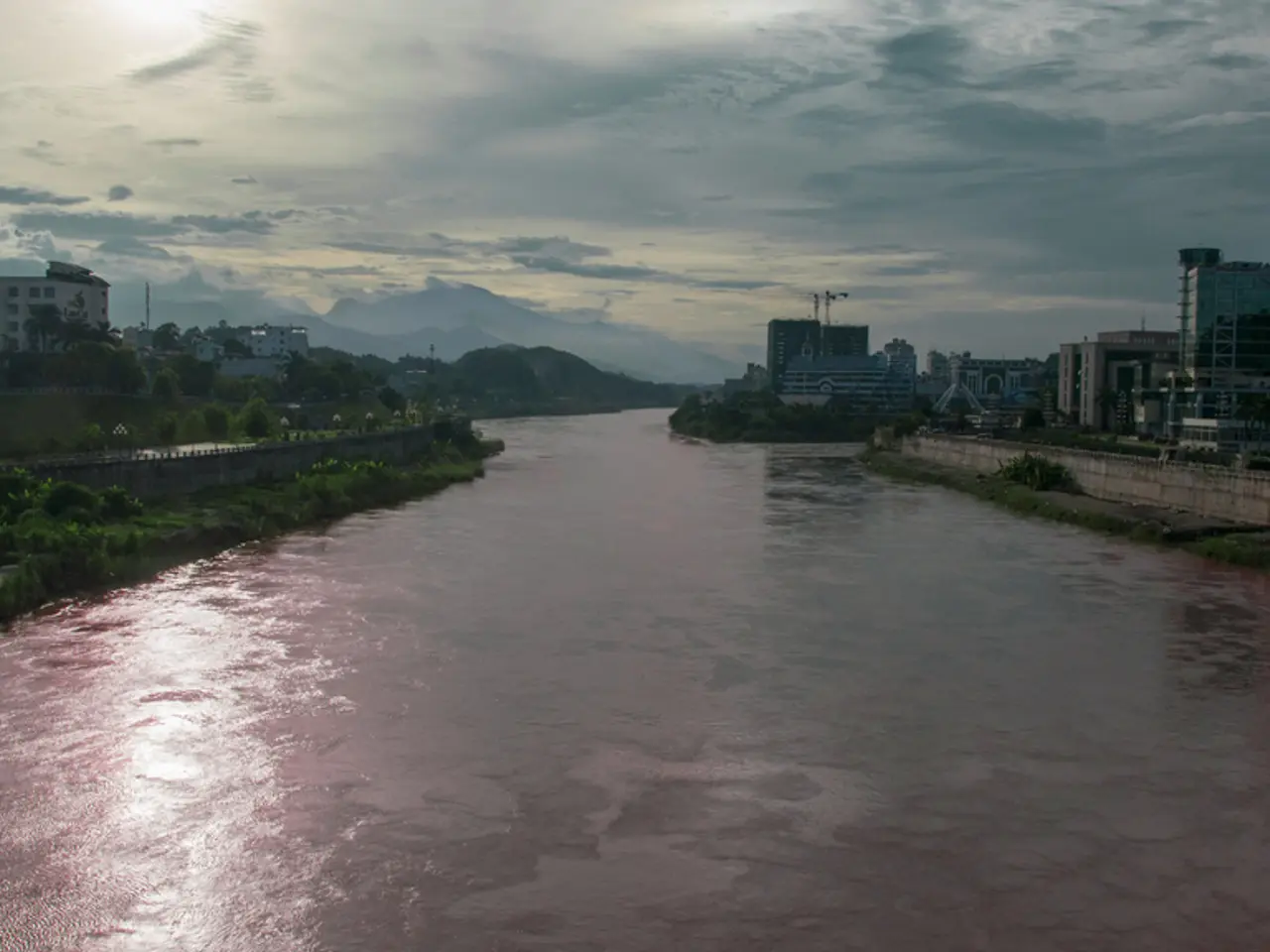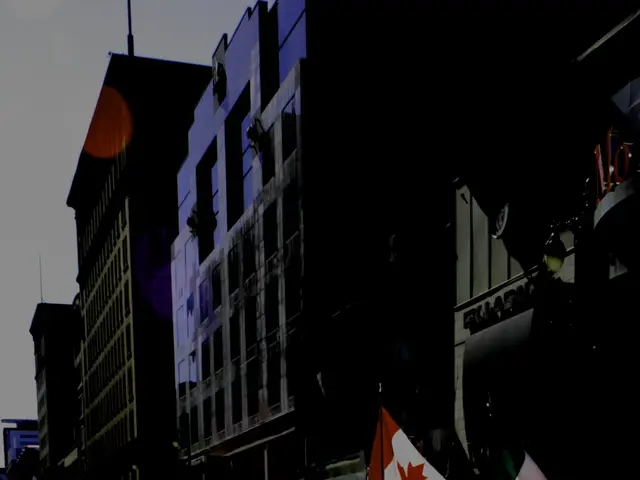Ethiopia commences large-scale hydropower dam construction, facing strong Egyptian protest.
The Grand Ethiopian Renaissance Dam (GERD), Africa's largest hydroelectric dam, has been officially inaugurated by the Ethiopian government. Located on a tributary of the River Nile, the dam's reservoir has flooded an area significantly larger than Greater London.
Ethiopia's Prime Minister, Abiy Ahmed, hailed the dam as a shared opportunity, not a threat. He believes that the energy and development generated by the dam could uplift not just Ethiopia, but potentially other regions as well. The dam is a central part of Ethiopia's economic development ambitions.
The dam's two active turbines are currently producing 750 MW of power, but this figure is expected to eventually reach 5,150 MW. Prime Minister Abiy intends to use the energy for improving Ethiopians' access to electricity and exporting surplus power to the region. However, rural Ethiopians may have to wait a little longer to benefit from the extra power, as only around half of them are connected to the national grid.
The GERD has been a source of regional tension, particularly with Egypt. Egypt depends on the Nile for about 90% of its fresh water, and fears the dam could restrict its water supply during periods of drought and lead to the construction of other upstream dams. Egypt has bitterly opposed the dam since its inception, arguing that it violates water treaties and poses an existential threat.
Sudan has joined Egypt's calls for legally binding agreements on the dam's filling and operation. Relations between Ethiopia and Egypt over the dam have deteriorated in the last year and could still get worse. Egypt's concerns have been exacerbated by the fact that Ethiopia has thrown its weight behind Egypt's old adversaries Eritrea and Somalia in Ethiopia's plan to gain access to the sea.
Independent research shows that no major disruptions to downstream flow have been recorded so far, partly due to favorable rainfall and cautious filling of the reservoir during wet seasons over a five-year period. However, this has not assuaged Egypt's fears, with the Egyptian government officially announcing its position on the dam, stating that it could disrupt Egypt's water supply and jeopardize its national security.
The idea of strategic rival Egypt dictating not only Nile water usage but access to the Red Sea, is clearly unacceptable to Addis Ababa. The central bank of Ethiopia provided 91% of the project's funding, while 9% was financed by Ethiopians through bond sales and gifts, without any foreign assistance.
The GERD is not just a symbol of Ethiopia's economic ambitions, but also a testament to its resilience and determination. As the dam continues to generate power and contribute to Ethiopia's development, the regional tensions it has sparked are likely to remain a significant geopolitical issue in the years to come.
Read also:
- Impact of Alcohol on the Human Body: Nine Aspects of Health Alteration Due to Alcohol Consumption
- Understanding the Concept of Obesity
- Lu Shiow-yen's Challenging Position as Chair of the Chinese Nationalist Party (KMT) Under Scrutiny in Donovan's Analysis
- Tough choices on August 13, 2025 for those born under Aquarius? Consider the advantages and disadvantages to gain guidance








